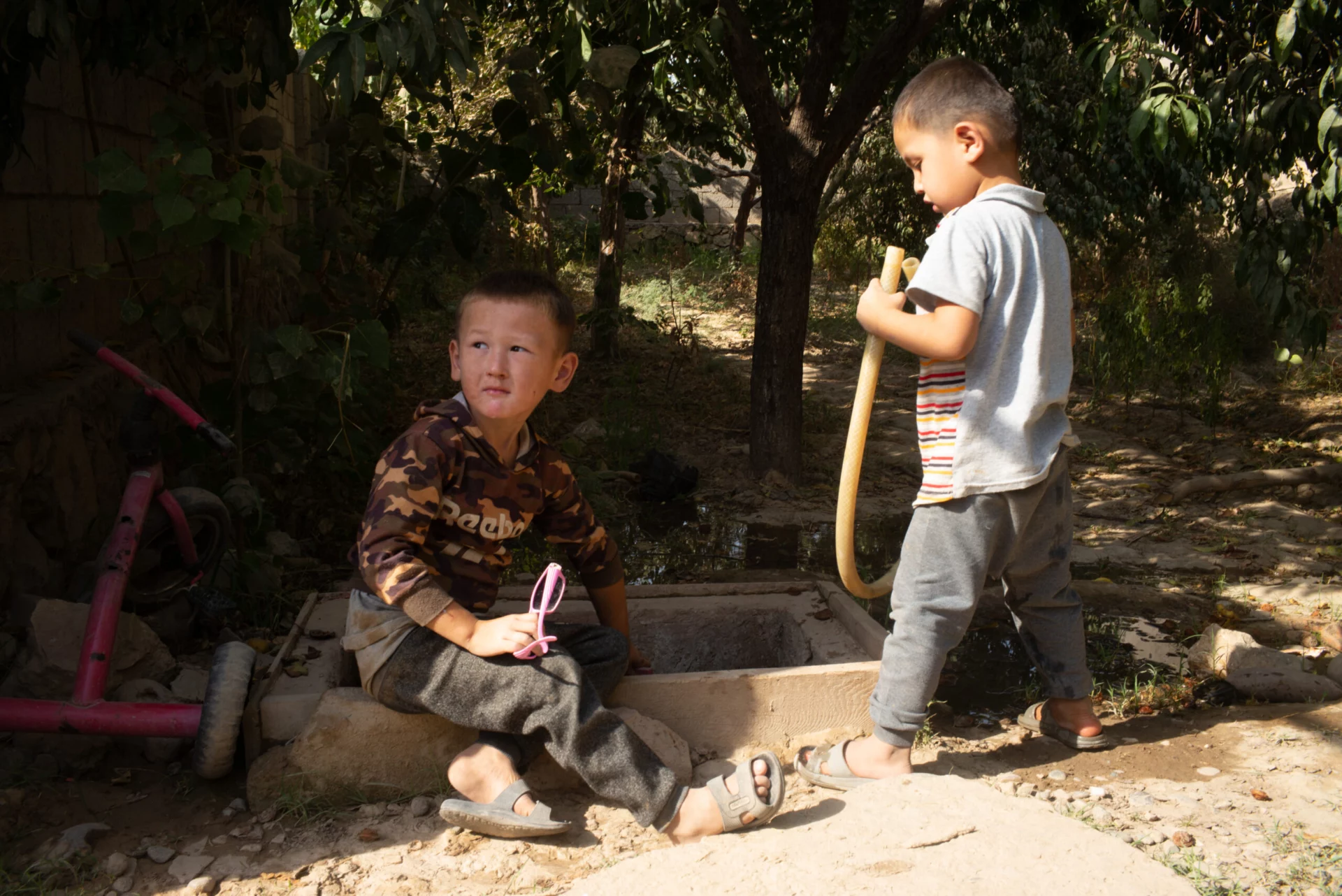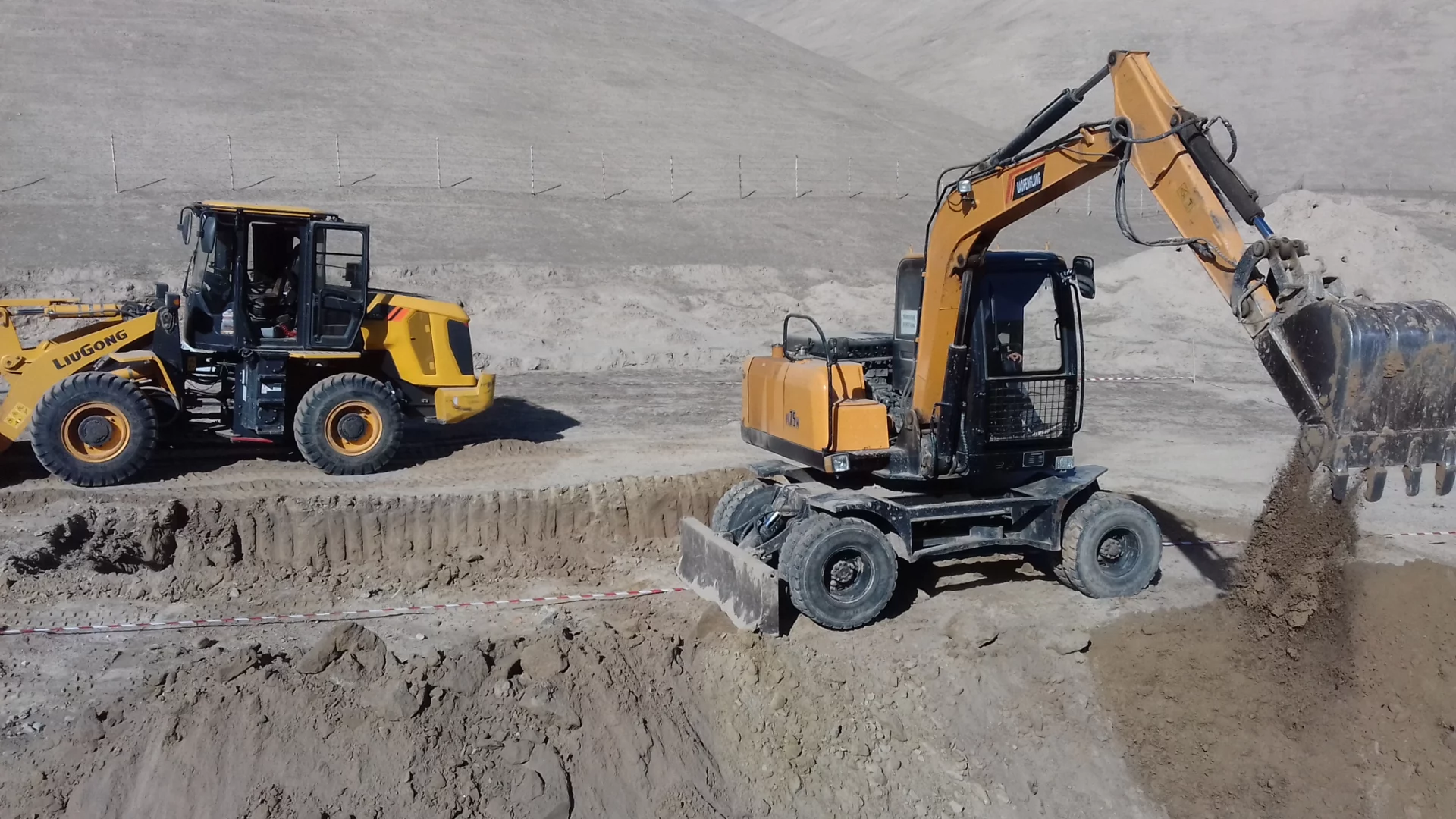Environmental remediation

Persistent pollutants threatening health
Several regions of the world still bear the traces of toxic pesticides and heavy metals from past agricultural and industrial activities. These substances, persistent in the environment, remain present in soils, water, and ecosystems, and can contaminate crops and food resources for generations.
In some contexts, periods of instability or internal conflict have hindered the development of the capacities and infrastructure needed for effective environmental management. Local populations therefore remain exposed to these pollutants, which can cause hormonal, neurological, or developmental disorders, as well as an increased risk of cancer.
When it rains or snows, the soil turns yellow and the smell is unbearable.
Cleaning up contaminated areas
FSD has carried out several environmental remediation projects, focused on the assessment and decontamination of polluted sites. In some cases, contaminated soils have been excavated and moved to secure storage areas, located away from homes and water sources, pending the development of appropriate solutions for the permanent removal of pollutants. Some projects have also incorporated innovative approaches, such as phytoremediation, along with awareness-raising activities to inform local populations about the risks and teach them how to reduce their exposure.
Latest news from FSD
View all
Beyond demining: preparing to hand over the reins
Faced with this reality, FSD — with the support of Switzerland — is working on two fronts: clearing land today,…
Humanitarian demining Prevention and risk education Ukraine

Tourist destinations still marked by the scars of war
In the world, nearly one in three countries remains contaminated by landmines and explosive remnants of war, particularly across much of South-East…
Landmines and explosive remnants Colombia Iraq Sri Lanka

On the Tajik-Kyrgyz border, scarred lands begin to heal
In the villages of Shurob and Chorkuh, in northern Tajikistan, the scars of civil war and regional tensions are still…
Recovery Humanitarian demining Prevention and risk education Tajikistan




